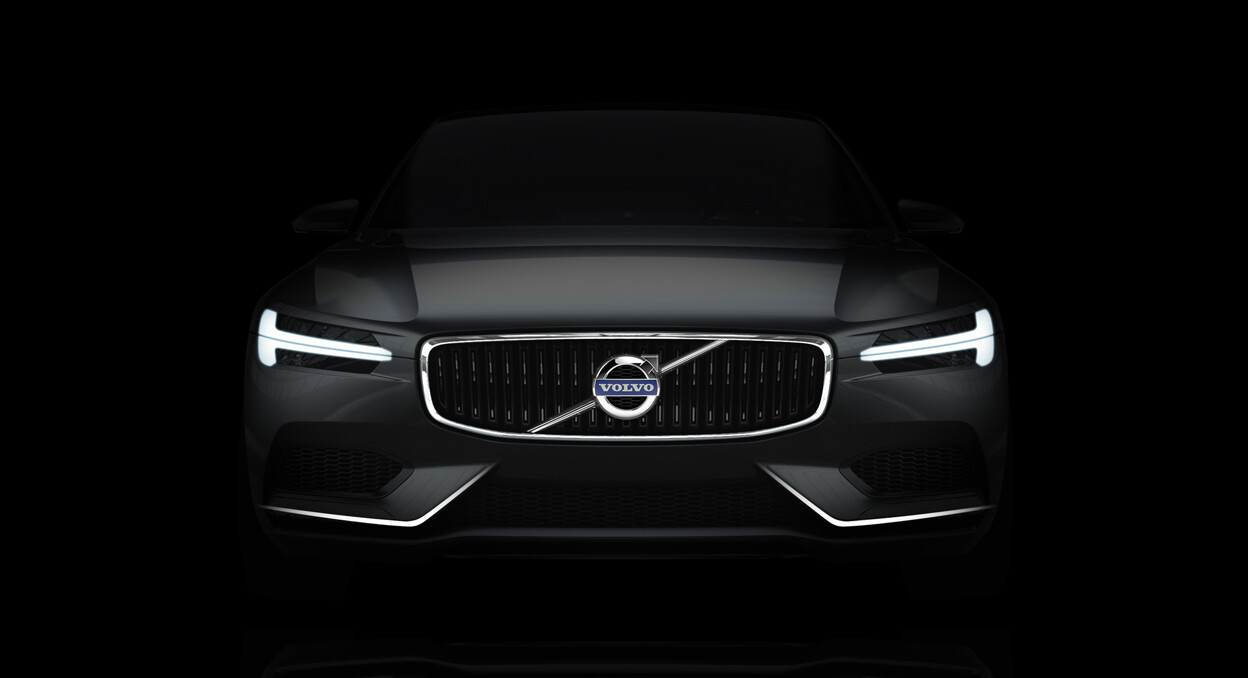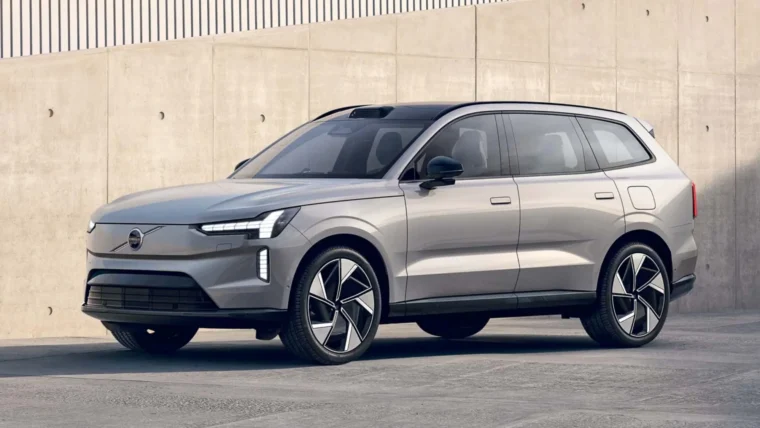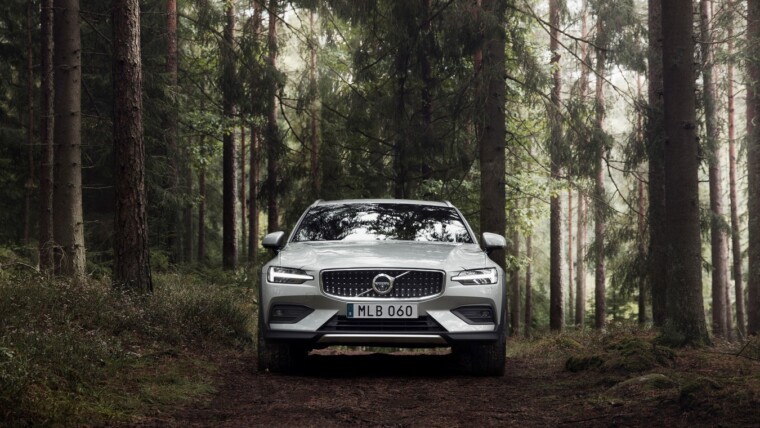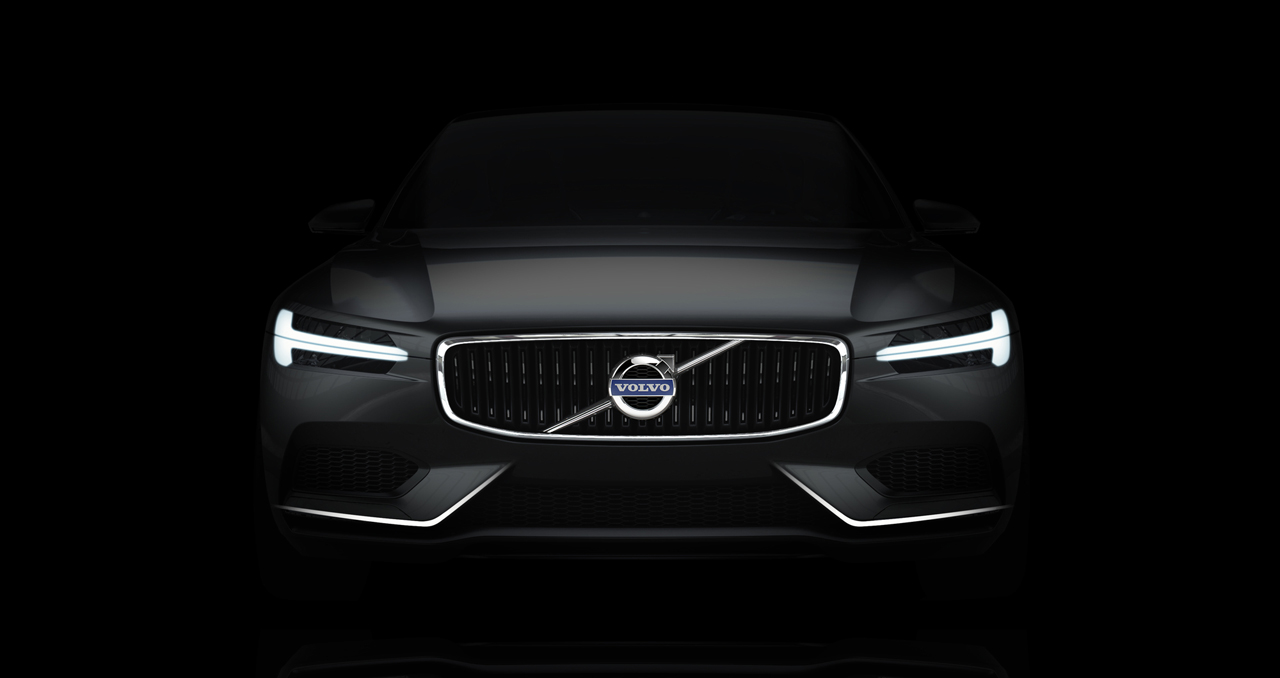
Whenever the name Volvo is brought up, amongst the things that come to mind are the three-point seat belts, boxy sedans and wagons but rarely a seductive looking model.
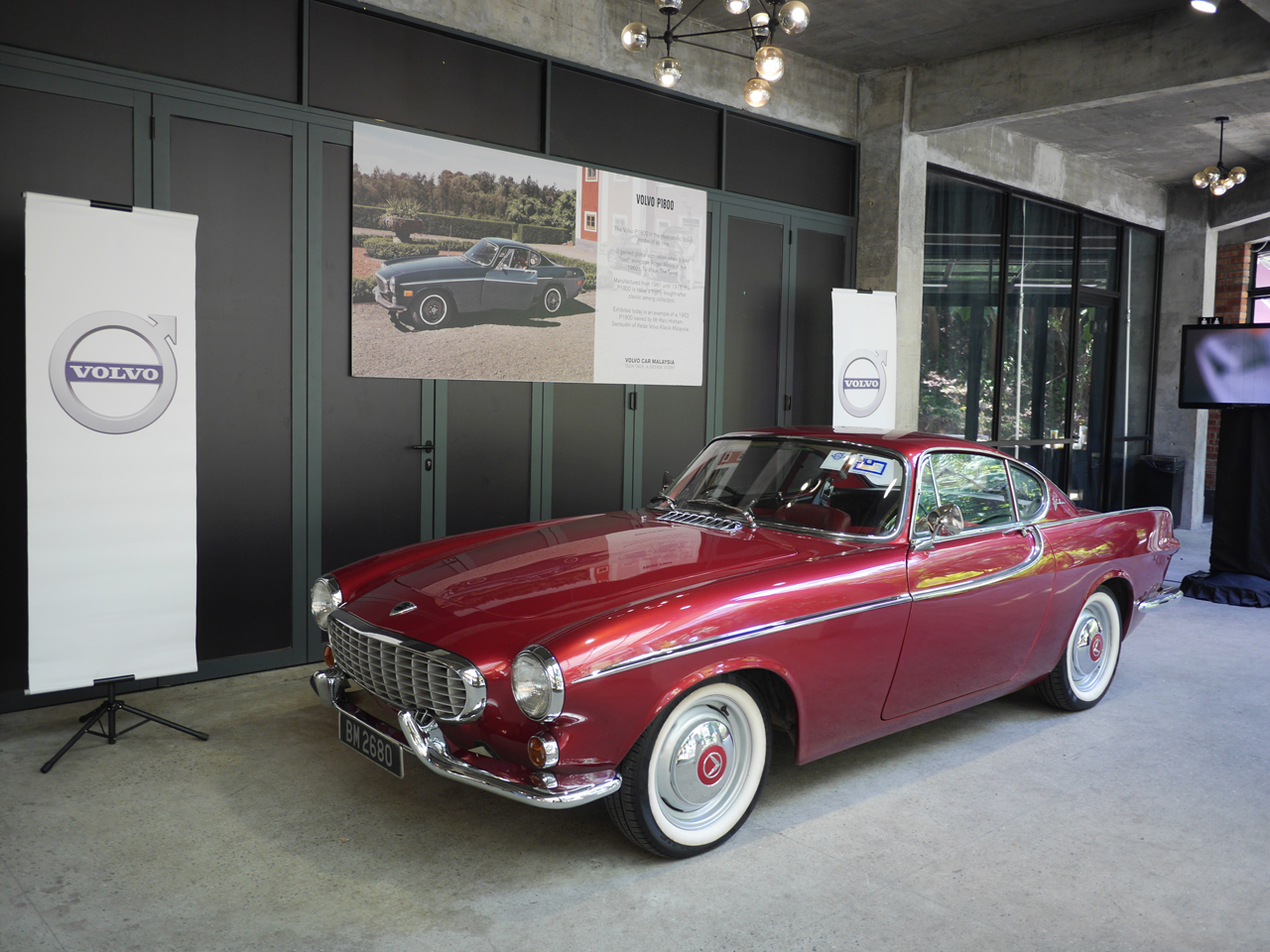
However, if one were to search through Volvo’s history, they would come across the Volvo P1800. Produced from the early 60s to 70s, the Volvo P1800 was offered in a range of body styles, including a two-door shooting brake with an all-glass rear hatch.
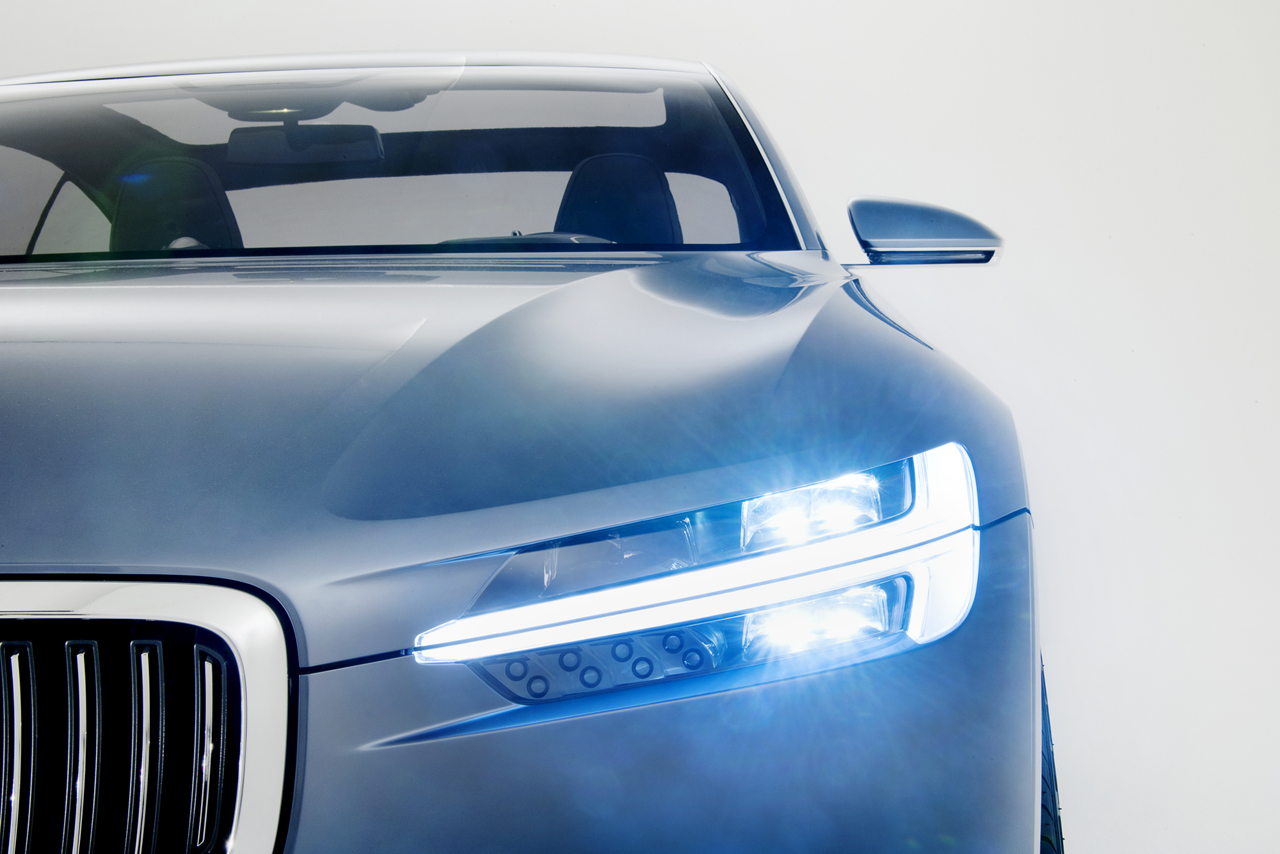
Looking beyond the boxy Volvos that was synonymous with the 90s, Volvo’s design took a big turn when Geely came on board. Enter the second-generation Volvo XC90, easily recognized by its Thor-inspired front headlights and sleek silhouette.
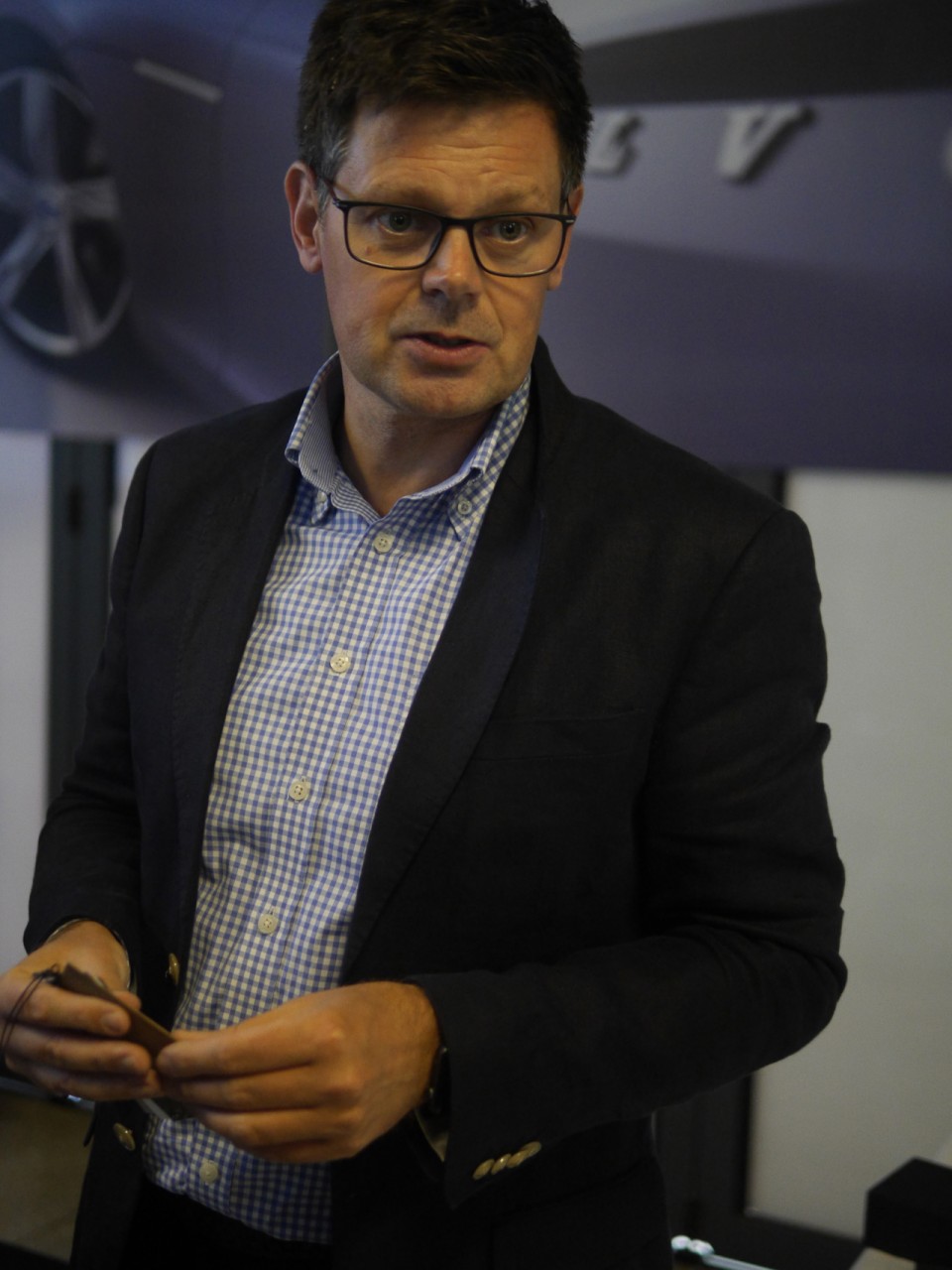
This time around, Volvo Cars Malaysia invited Jonathan Disley, Vice President of Design, Volvo Cars China to share more about Volvo’s latest design language.
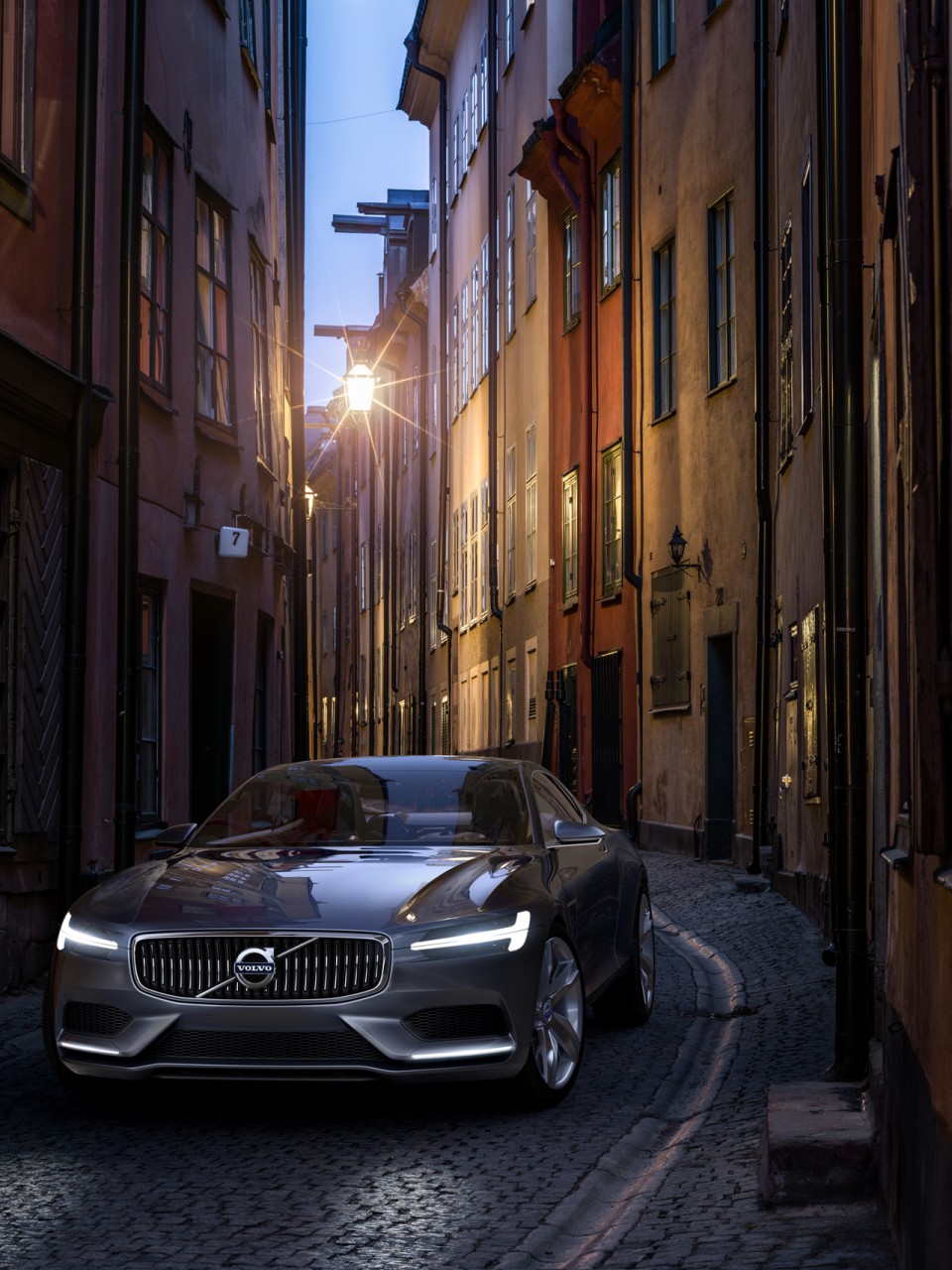
Volvo knows their customer base well, so they came up with three words: Scandinavian Authority, Scandinavian Activity and Scandinavian Creativity. “We know that people who drive our cars are super intelligent and are well educated, and they like really good design, we also know that these people like the outdoors, we know that they are lifestyle people who like to travel, so we know that they are active, so we got Scandinavian activity,” he said. On top of catering towards the active crowd, Volvo also tries to please the creative crowd, especially the crowd that enjoys music, likes paintings and enjoys high-end cuisine.
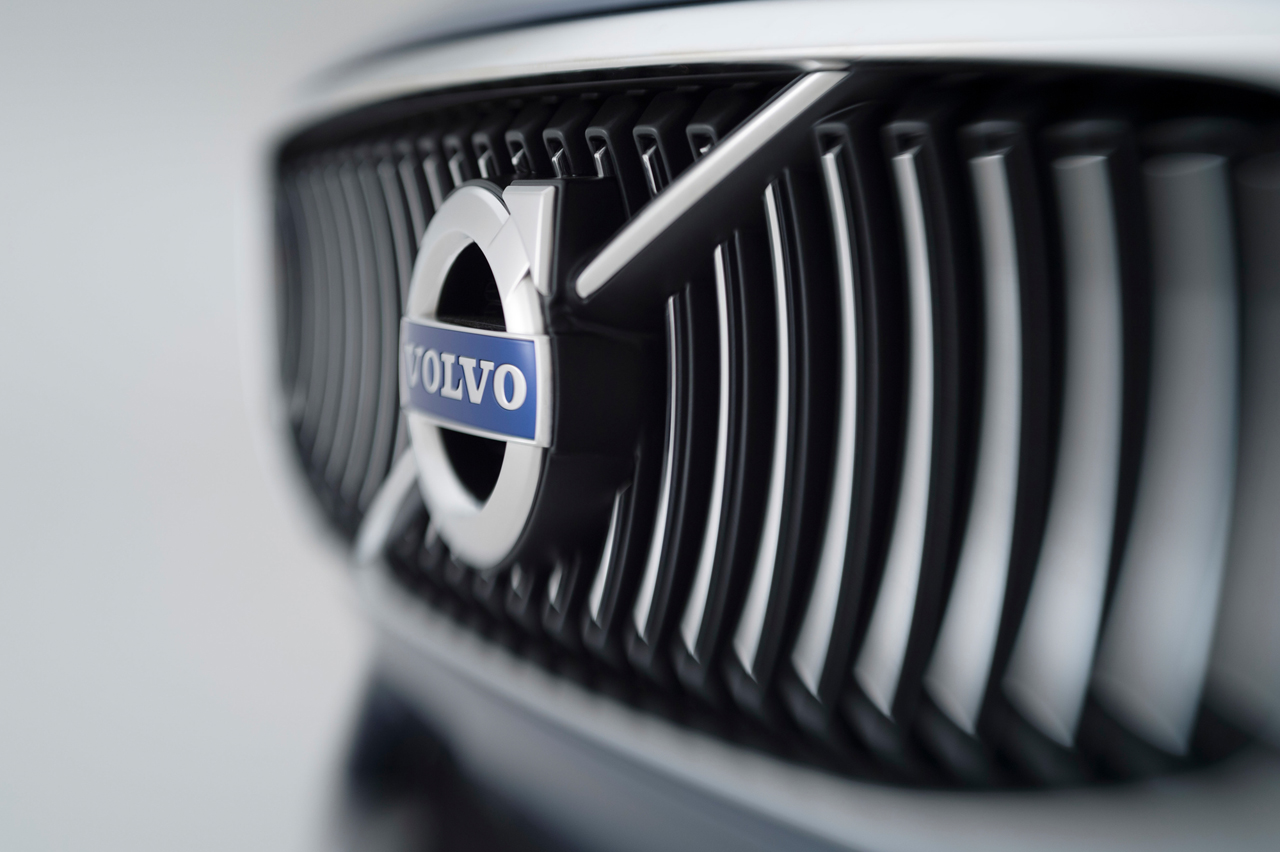
Perhaps one of the biggest change is the Volvo’s signature Ironmark. It originated from the Volvo ÖV 4 back in 1927. That has changed with the new line of Volvo vehicles, as Jonathan said, “What we had yesterday, was that the Volvo iron mark was a different angle to the slash and another horizontal line that was confusing things. So, we wanted to create everything so that it aligned and to get back to the real beauty of what Scandinavian design is, simplify it, bringing it back down to its core with original ideas and go back to its history.”
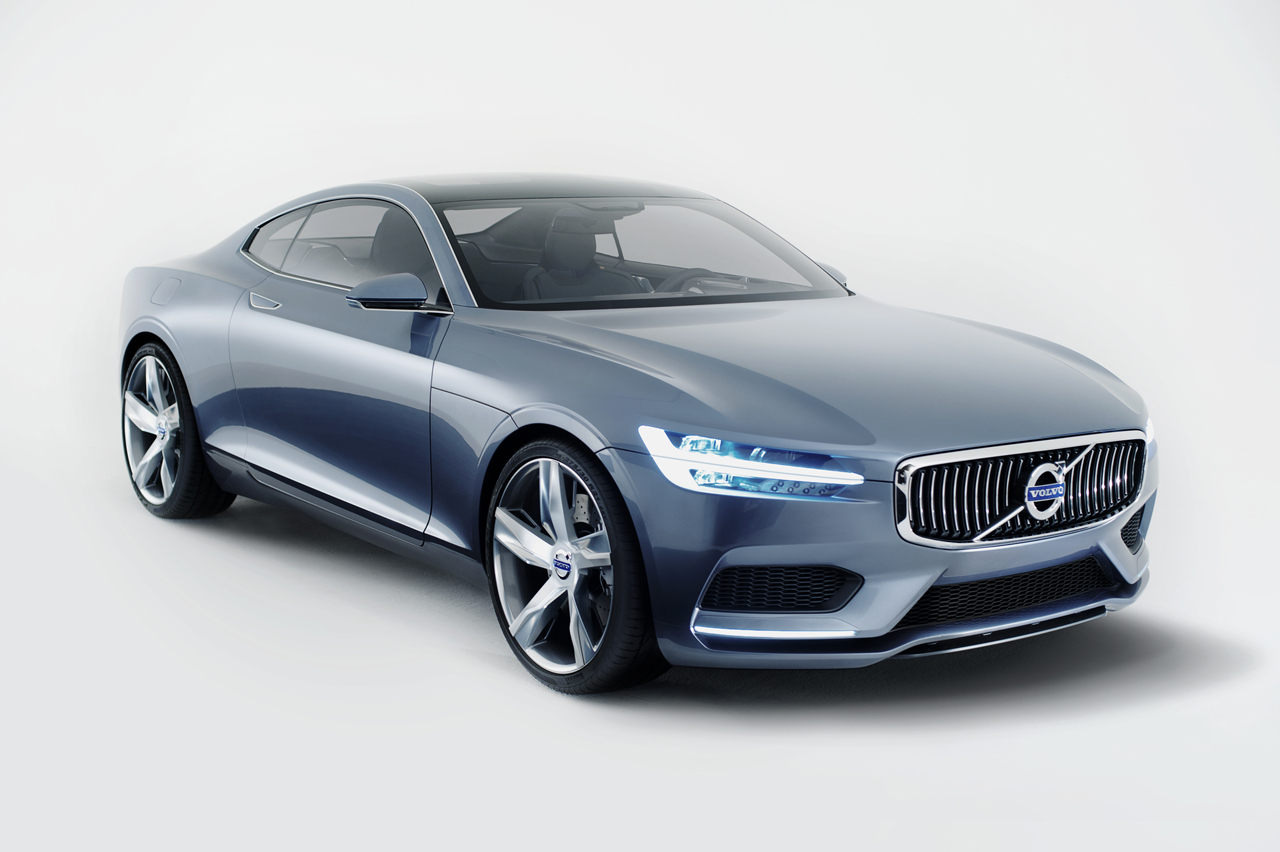
The Ironmark’s arrow now align perfectly with the diagonal slash, which holds Volvo’s pride in the proper position.
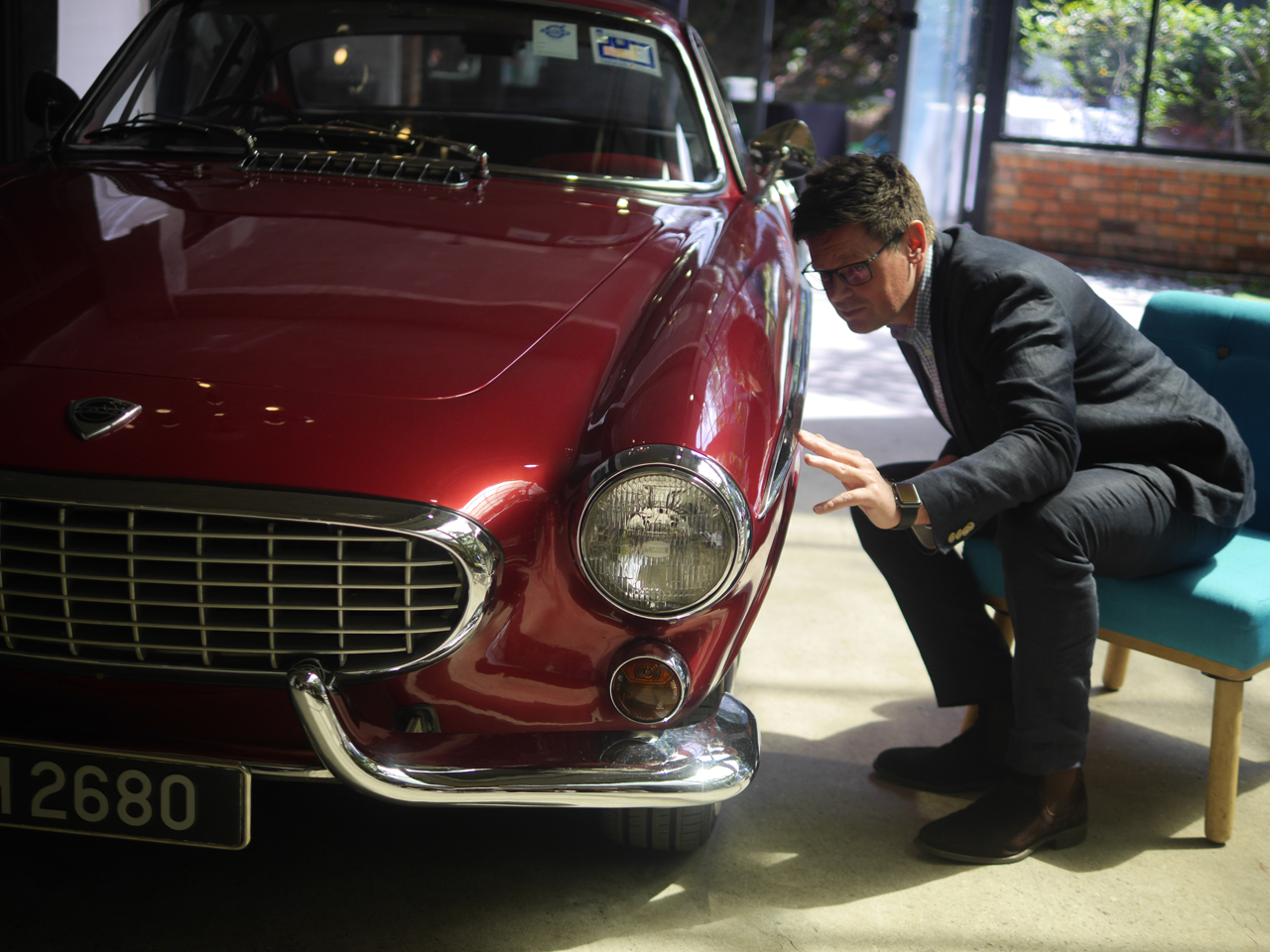
Then there’s the grille that’s proudly Volvo. Volvo took time to study the P1800’s design in their design studio, added Jonathan. “We analysed this car a long time, and one of the things we really liked about it, is the way the nose looked like it was coming through the surface of the metal like a jet engine, and it had a concave grille. We wanted to get the same feeling on to the XC90,” Needless to say, the XC90’s grille does pay homage to its forefather.
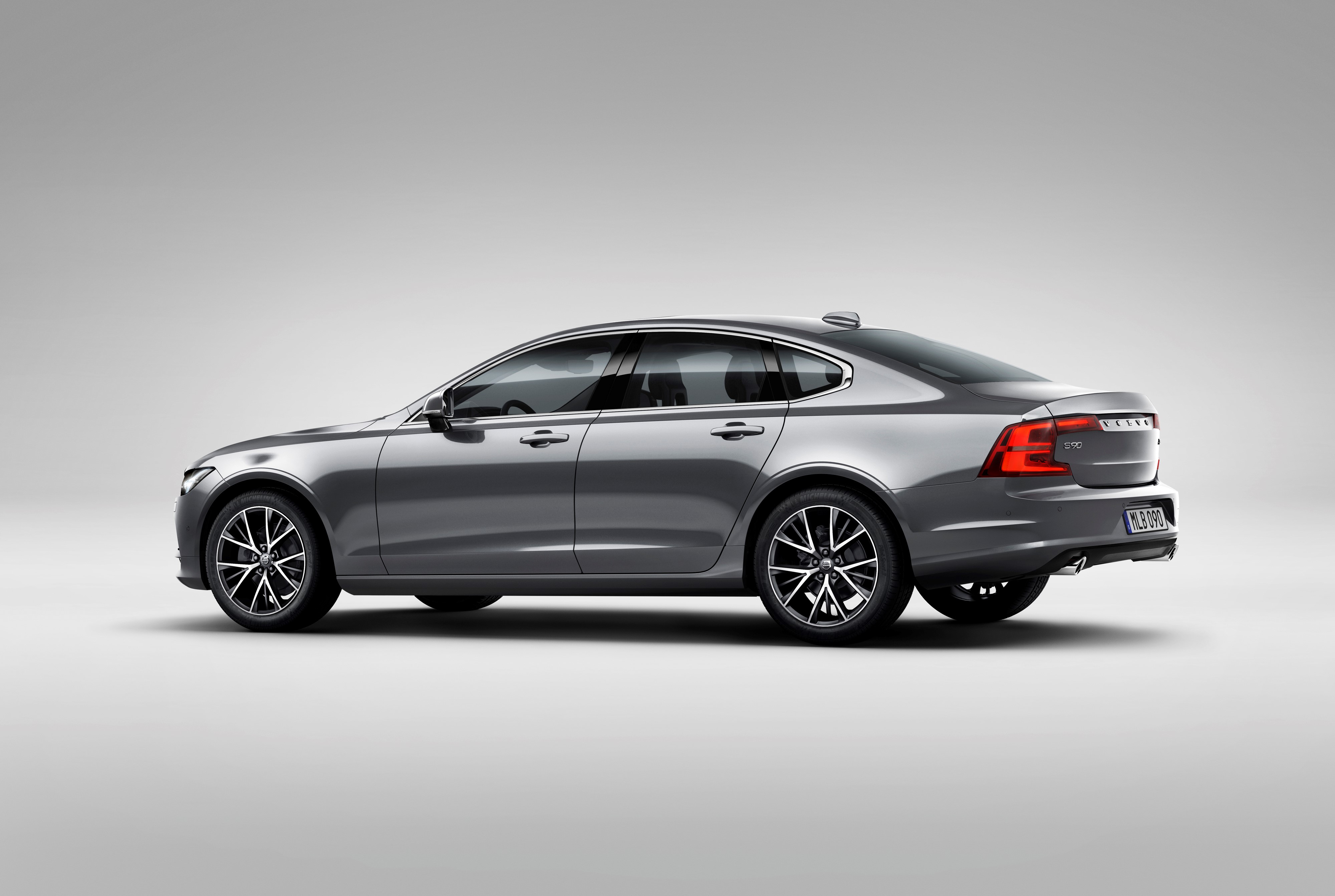
Towards the side profile, like BMW, Volvo has their unique “Final Cut”, which is now utilized as Volvo’s trademark side window design. The design team took the “Final Cut” side window kink from the Volvo Concept Coupe and applied it to the production versions of the S90 and XC90. Jonathan also added that the “Final Cut” kink will find its way to future Volvo models as well.
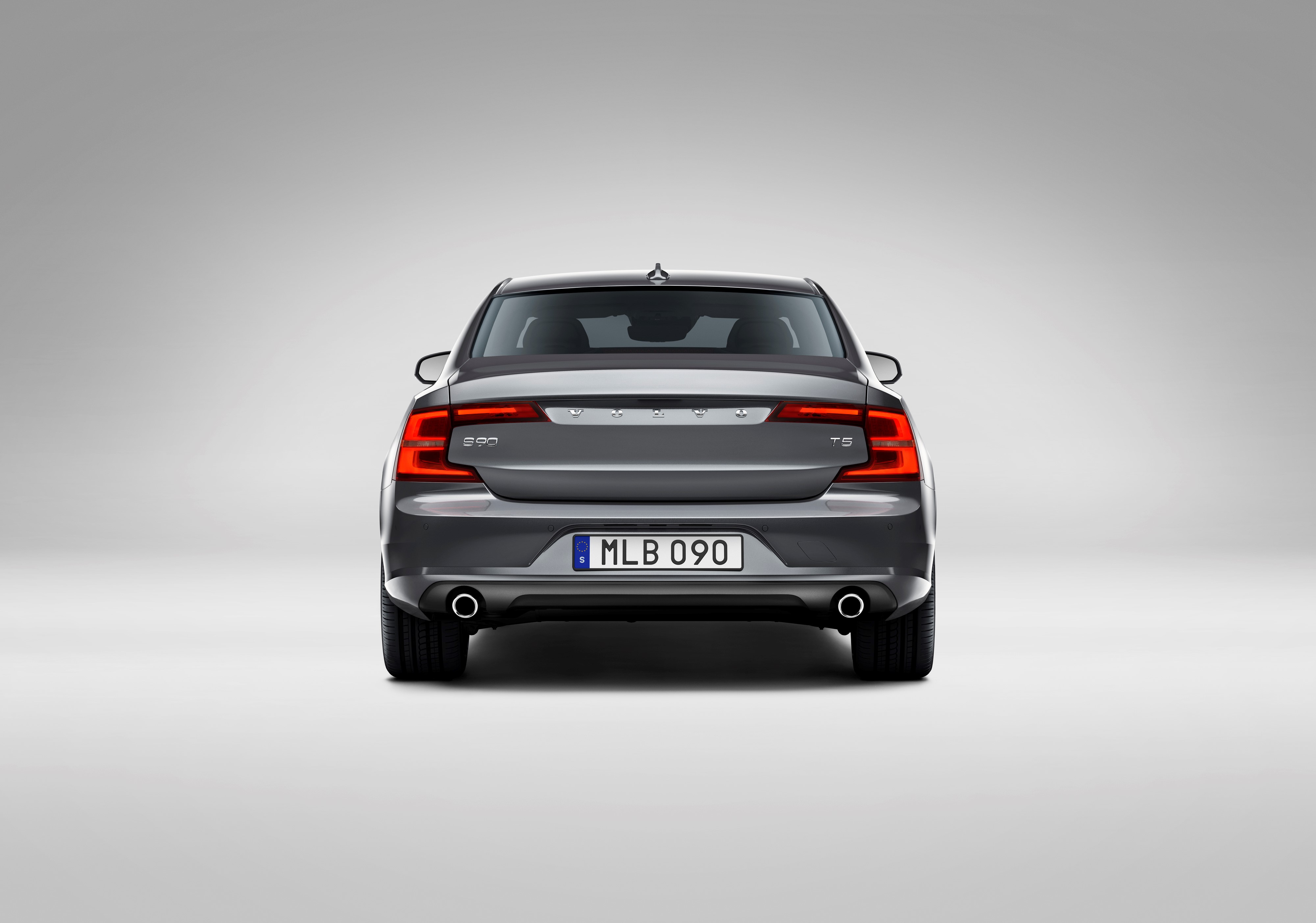
As for the rear end, Volvo has also carefully designed the tail lights of the current 90-series models. Both 90-series models receive a “C-clip”-like design in the light cluster that lights up as a solid surface, as opposed to multiple visible LEDs. This gives the rear end of the 90-series models a strong graphical appeal.
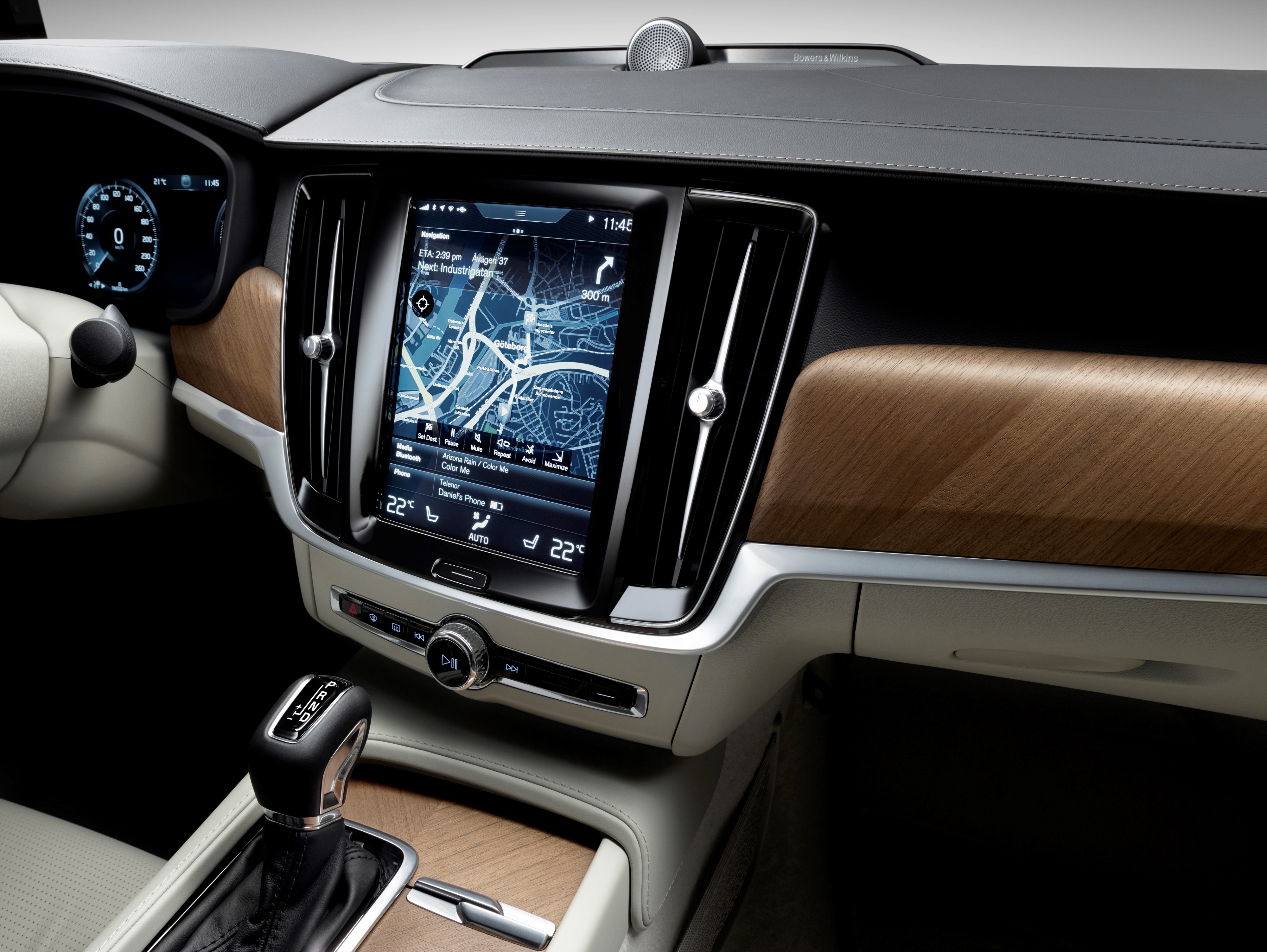
Volvo’s attention to detail continues into the cockpit. The high-end cockpit, unlike a lot of its rivals, actually features just 6 physical buttons for media control. Air-conditioning controls are accessed via the 9-inch Sensus infotainment system. “I was in the process of making productions cars, and we have a lot of different types of cars in the streets. And every single time I design a car interior I was doing 30 to 40 new different buttons and every single button had a switch pack, spring, had a mechanism, had a serial part number, had a depth, it was just continuous,” added Jonathan.
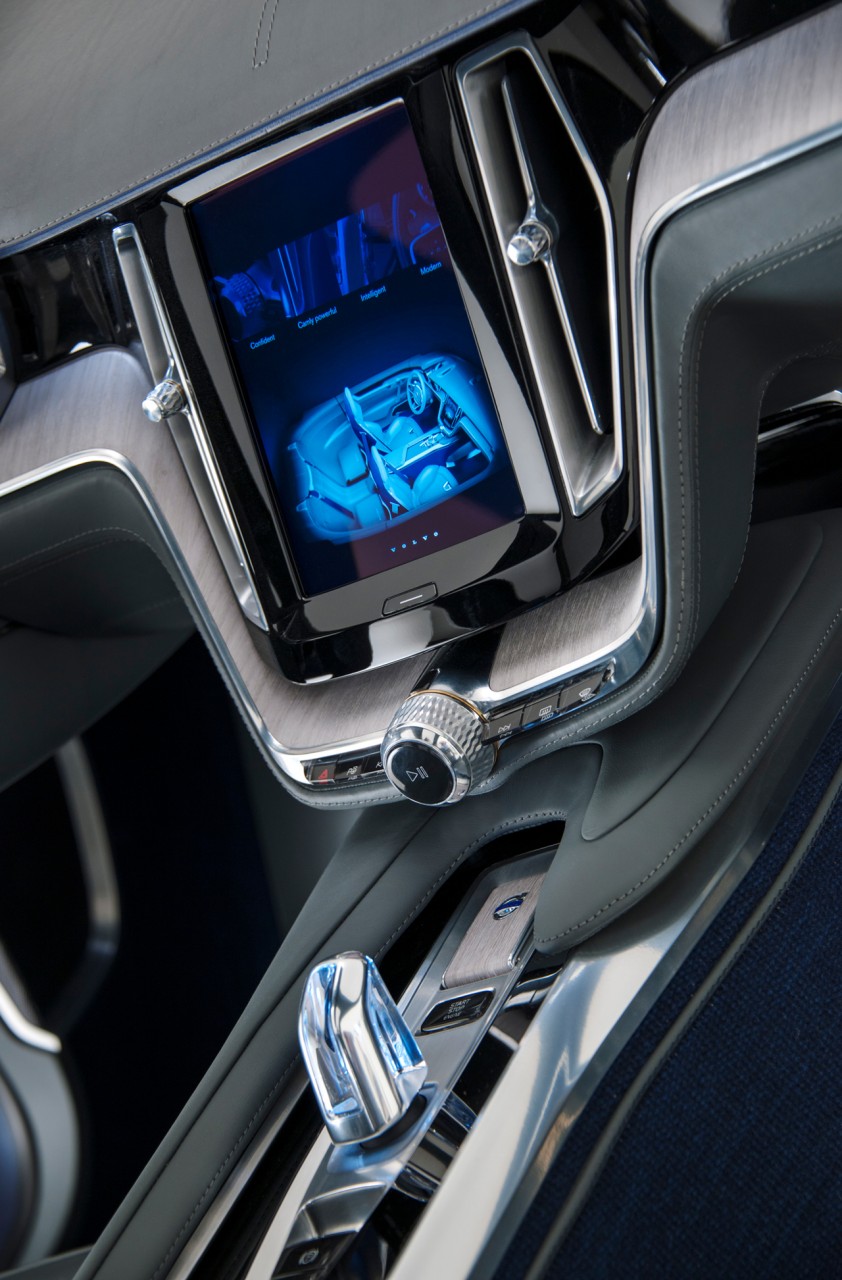
Whilst it may seem easy to relocate a bunch of buttons to the touch panel, Jonathan said that it was actually the opposite. The challenge was to decide which buttons had to make way and which could remain. They worked towards minimizing visual pollution, plus without engineering so many buttons, Volvo can pour extra funds into improving the touch screen.
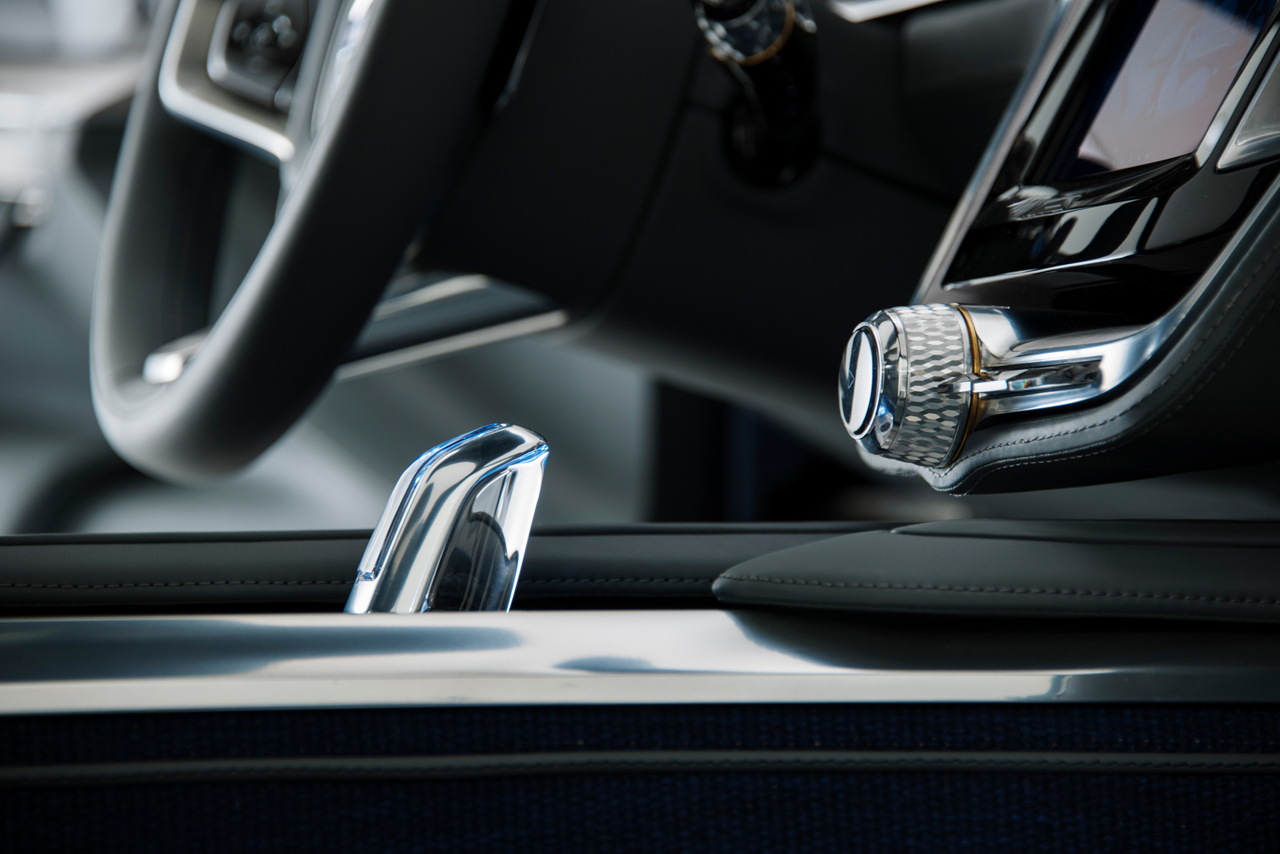
Then comes the issue of drivers needing to take their eyes off the road to control the air-conditioning system. Jonathan said, “You have to organise and you have to have the priority, so you would have to expect to have the heat controls low down like in most cars. And of course touch screen is different than buttons, and like jumping into different cars, you will take time to learn the placement of the buttons. Once you know, it is the same. You may not get a button to push, but you will get a reaction from it, so it is tactile.”
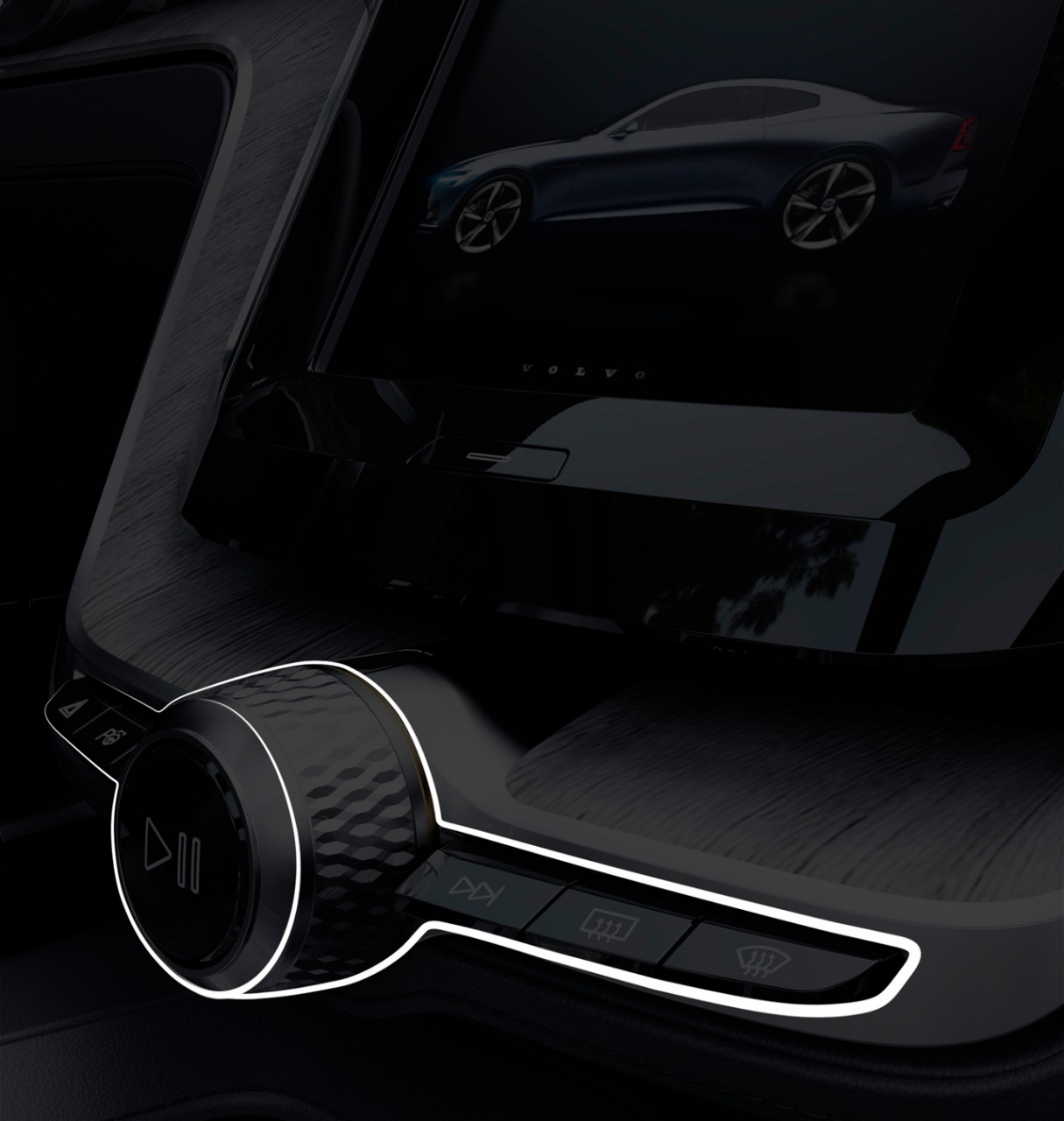
There are other little highlights in the 90-series’ interior, like the crystal gear knob, rotary control knob and materials are inspired by Scandinavian design. The dashboard of the XC90 features a dual-layer design with an undercut, designed to mimic snow hanging over a cliff. To keep in line with the premium appeal of new Volvo models, they have worked hand-in-hand with Bowers & Wilkins to engineer the sound system. “The speaker in the centre (on top of the dashboard) had to be true y-zero (true centre in the car) and we worked with Bowers & Wilkins right from the very beginning to place all of the speakers inside the car. Because every single angle of every Bowers & Wilkins speaker has to be spot on, and when you sit in the car is when you can truly understand what they are doing,” he added.
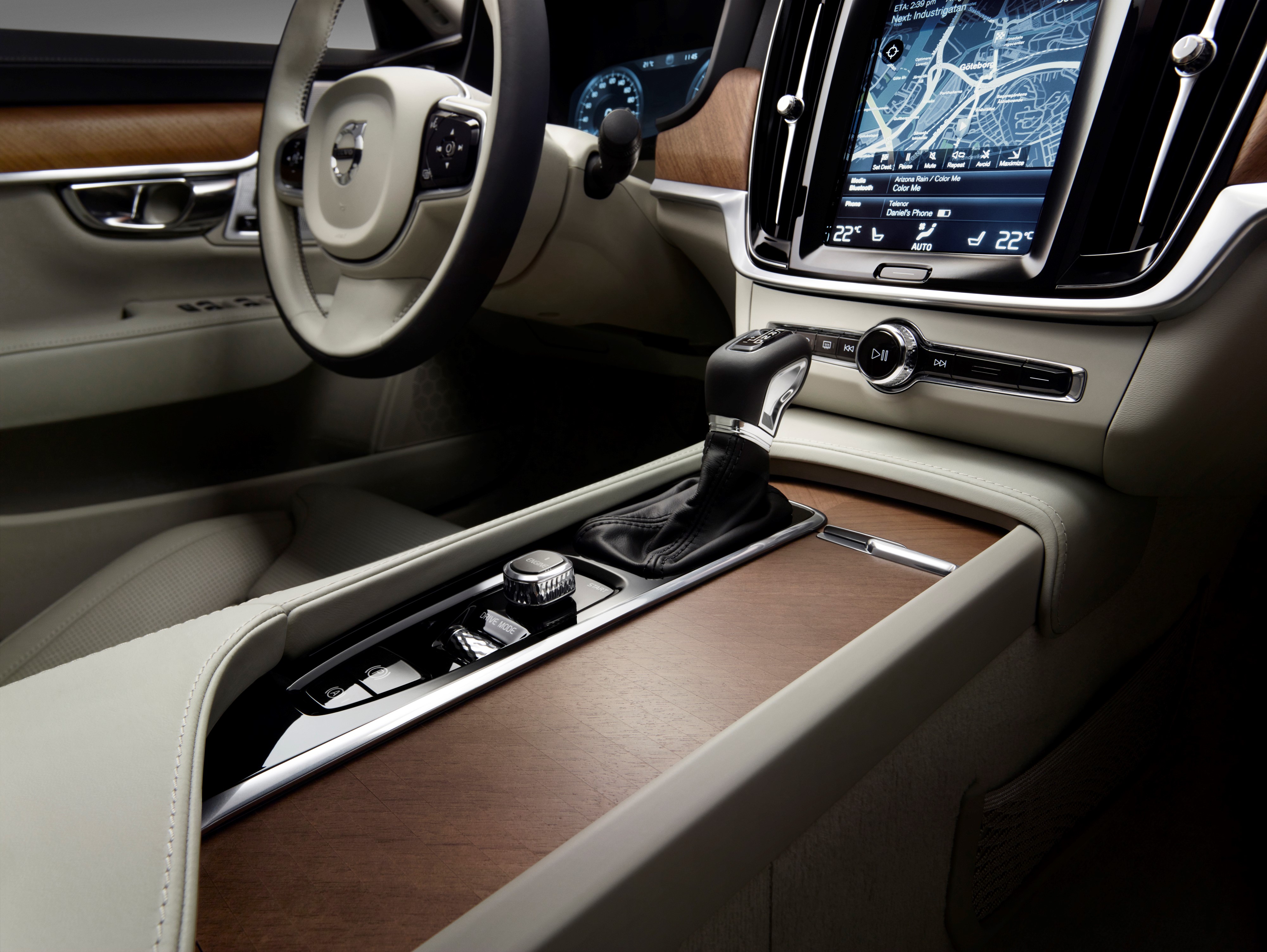
Volvo even went to the length of sourcing leather from northern Scotland, which are derived from cows that live 1,000 m above the sea level, in order to reduce the number of mosquito and insect bites that could otherwise ruin the leather. Even the air blades are not spared, as these were designed to deliver an accurate and premium tactile feel to owners when operating the blades.
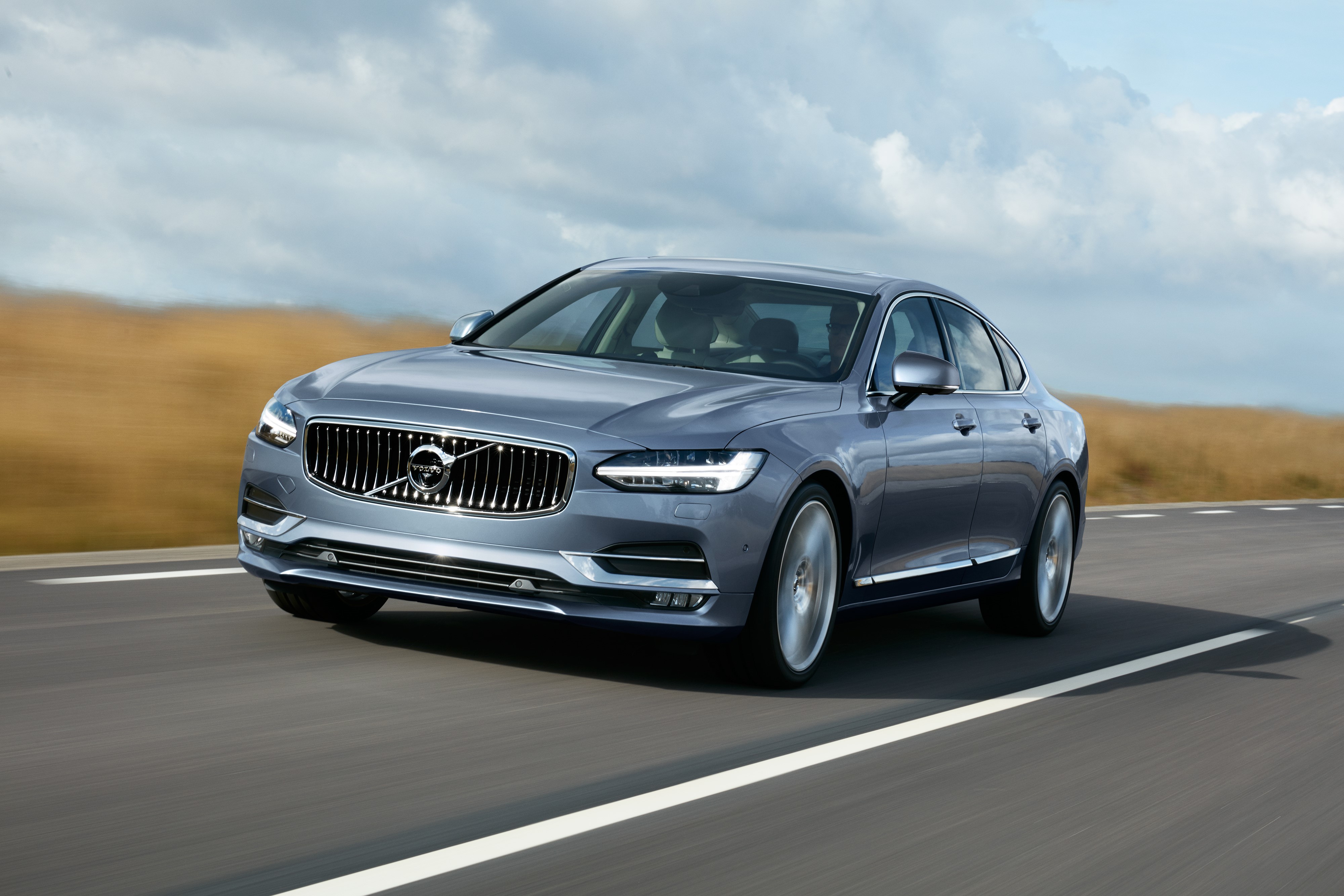
Combining excellent safety track record and unbeatable interior build quality, Volvo is serious that it wants a slice of the premium car segment. Judging from the excellent Volvo XC90, we certainly believe that Volvo is heading towards the right direction.
Other posts by AF Newsdesk

